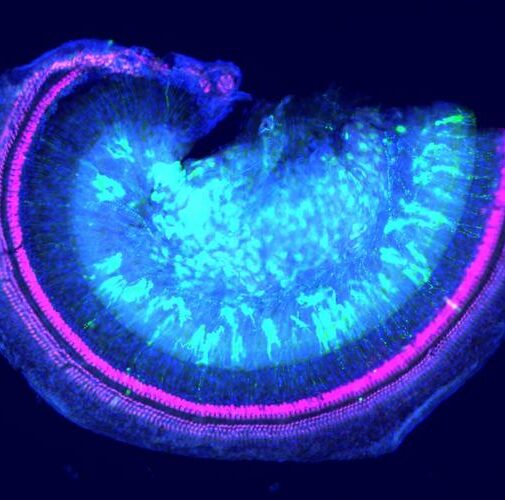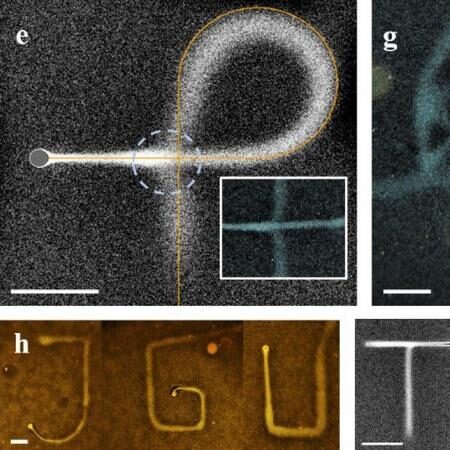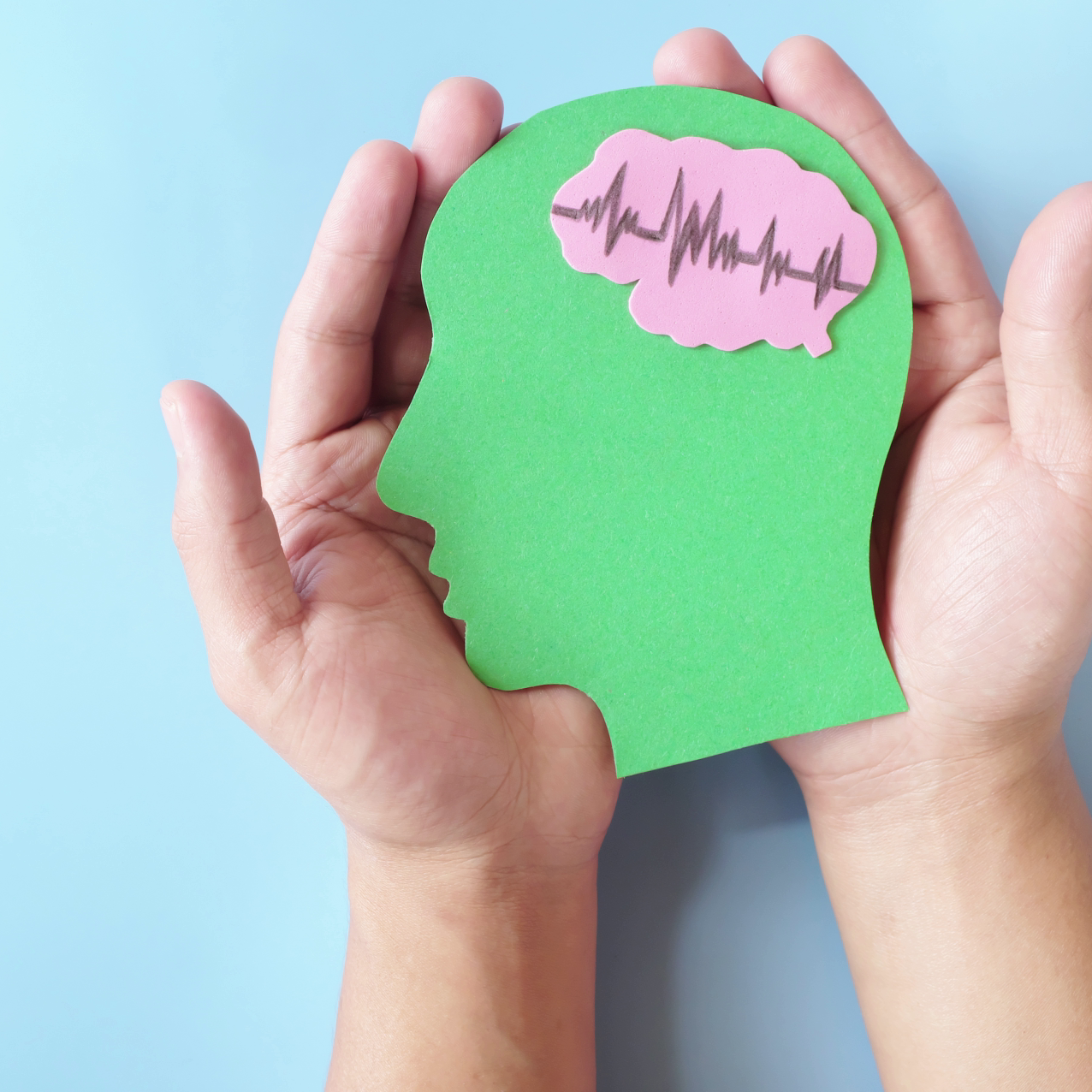From Institute for Basic Science 01/09/23

This is a significant development that brings hope to the one billion individuals with obesity worldwide.
Researchers led by Director C. Justin LEE from the Center for Cognition and Sociality (CCS) within the Institute for Basic Science (IBS) have discovered new insights into the regulation of fat metabolism.
The focus of their study lies within the star-shaped non-neuronal cells in the brain, known as ‘astrocytes’.
Furthermore, the group announced successful animal experiments using the newly developed drug ‘KDS2010’, which allowed the mice to successfully achieve weight loss without resorting to dietary restrictions.
The complex balance between food intake and energy expenditure is overseen by the hypothalamus in the brain.
While it has been known that the neurons in the lateral hypothalamus are connected to fat tissue and are involved in fat metabolism, their exact role in fat metabolism regulation has remained a mystery.
The researchers discovered a cluster of neurons in the hypothalamus that specifically express the receptor for the inhibitory neurotransmitter ‘GABA (Gamma-Aminobutyric Acid)’.
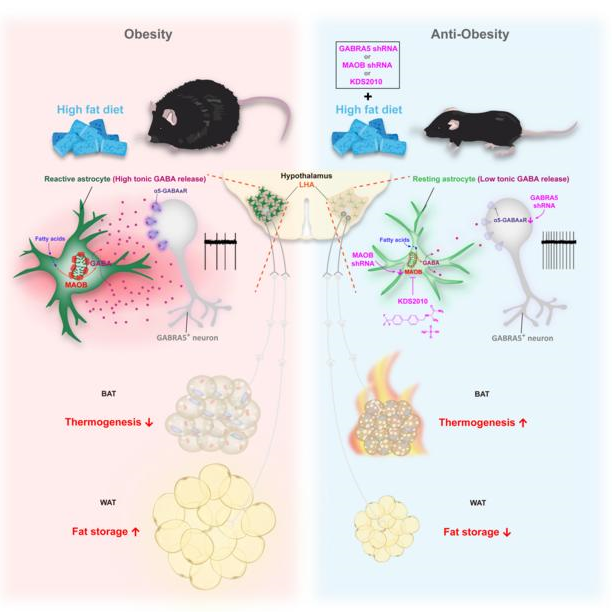
This cluster has been found to be associated with the α5 subunit of the GABAA receptor and was hence named the GABRA5 cluster.
In a diet-induced obese mouse model, the researchers observed significant slowing in the pacemaker firing of the GABRA5 neurons.
Researchers continued with the study by attempting to inhibit the activity of these GABRA5 neurons using chemogenetic methods.
This in turn caused a reduction in heat production (energy consumption) in the brown fat tissue, leading to fat accumulation and weight gain.
On the other hand, when the GABRA5 neurons in the hypothalamus were activated, the mice were able to achieve a successful weight reduction.
This suggests that the GABRA5 neurons may act as a switch for weight regulation.
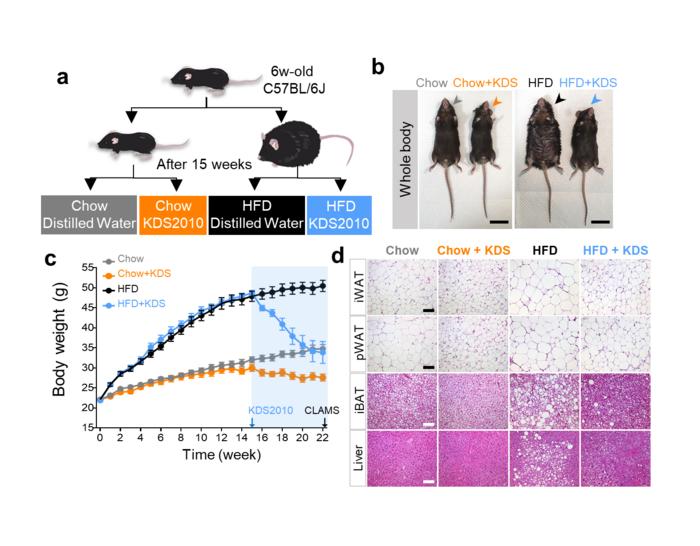
In a new surprising and unexpected turn of events, the research team discovered that the astrocytes in the lateral hypothalamus regulate the activity of the GABRA5 neurons.
The numbers and sizes of the reactive astrocytes are increased, and they begin to overexpress the MAO-B enzyme (Monoamine Oxidase B).
This enzyme plays a crucial role in the metabolism of neurotransmitters in the nervous system and is more predominantly expressed in reactive astrocytes.
This ends up in the production of a large amount of tonic GABA (Gamma-Aminobutyric Acid), which inhibits the surrounding GABRA5 neurons.
It was also discovered that suppressing the expression of the MAO-B gene in reactive astrocytes can decrease GABA secretion, thereby reversing the undesirable inhibition of the GABRA5 neurons.
Using this approach the researchers were able to increase the heat production in the fat tissue of the obese mice, which allowed them to achieve weight loss even while consuming a high-calorie diet.
This experimentally proves that the MAO-B enzyme in reactive astrocytes can be an effective target for obesity treatment without compromising appetite.
Furthermore, a selective and reversible MAO-B inhibitor, ‘KDS2010’, which was transferred to a biotech company Neurobiogen in 2019 and is currently undergoing Phase 1 clinical trials, was tested on an obese mouse model.
The new drugs yielded remarkable results, demonstrating a substantial reduction in fat accumulation and weight without any impacts on the amount of food intake.
Postdoctoral researcher SA Moonsun said, “Previous obesity treatments targeting the hypothalamus mainly focused on neuronal mechanisms related to appetite regulation.”
She added, “To overcome this, we focused on the non-neuronal ‘astrocytes’ and identified that reactive astrocytes are the cause of obesity.”
Center Director C. Justin LEE also said, “Given that obesity has been designated by the World Health Organization (WHO) as the ’21st-century emerging infectious disease,’ we look to KDS2010 as a potential next-generation obesity treatment that can effectively combat obesity without suppressing appetite.”

